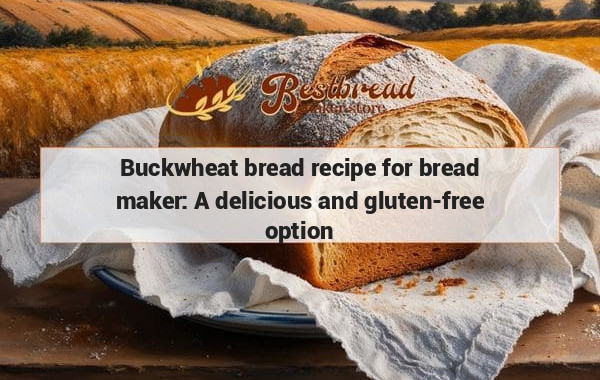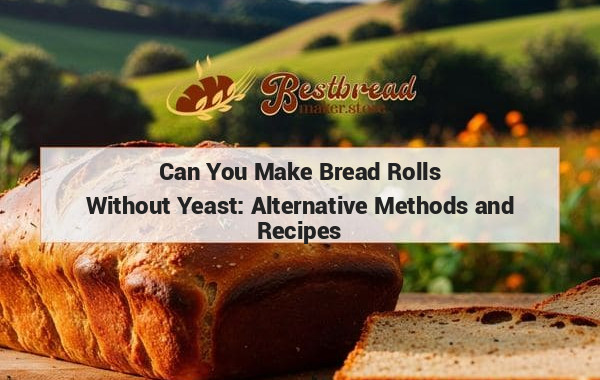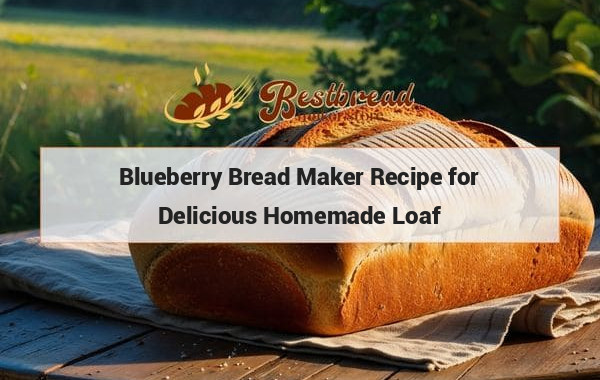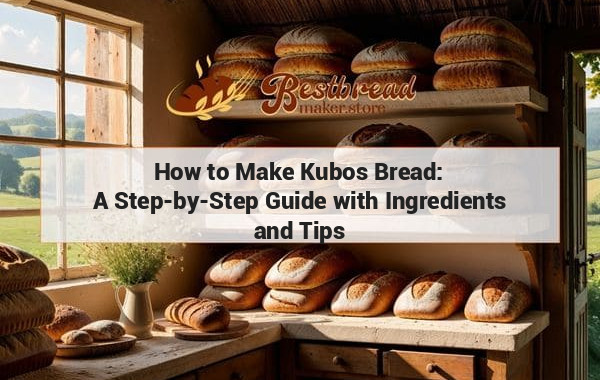Can Keto Bread be Made in a Bread Machine: Exploring the Possibility
Yes, you can make keto bread in a bread machine. There are many keto bread recipes available that are specifically designed for use in a bread machine. Simply follow the instructions of the recipe, add the ingredients to your bread machine, select the appropriate setting, and let the machine do the work of kneading and baking the bread. Keto bread made in a bread machine can be a convenient and delicious option for those following a keto diet.
Can you make keto bread in a bread machine? Yes, you can! A bread machine offers an easy and convenient way to prepare keto bread, ensuring that you stick to a low-carb diet without compromising on taste or texture. With the right ingredients and recipe adjustments, making keto bread at home becomes a hassle-free experience.
Key Takeaways: Yes, you can make keto bread in a bread machine. By using almond flour, coconut flour, and other keto-friendly ingredients, you can easily create low-carb bread that's perfect for a ketogenic diet. Adjust the settings on your bread machine to accommodate keto recipes.
How Does a Bread Machine Help with Keto Bread?
A bread machine simplifies the process of making keto bread by handling the kneading, rising, and baking stages automatically. This is particularly beneficial when dealing with keto-friendly ingredients like almond flour or coconut flour, which behave differently than traditional wheat flour. These flours lack gluten, meaning that kneading manually can be challenging, but the bread machine takes care of it for you.
Why Keto Bread is Different
Keto bread relies on low-carb ingredients, unlike regular bread that uses high-carb flour. Ingredients like almond flour, psyllium husk, and coconut flour are key to reducing carbohydrates while still achieving a soft texture. Gluten-free and low-carb, these ingredients require different techniques for baking, which is where a bread machine can shine.
The Importance of Gluten Alternatives
Regular bread is elastic and airy due to gluten. Keto bread, on the other hand, requires substitutes like psyllium husk or xanthan gum to create structure and texture. A bread machine allows these ingredients to fully combine, ensuring the final result is as close to regular bread as possible in texture.
Adjusting Your Bread Machine for Keto Recipes
When making keto bread in a bread machine, you may need to make adjustments to the machine’s settings to ensure the best results. Keto bread requires less kneading and shorter baking times because almond and coconut flours don’t rise like wheat flour. Set your machine to a quick bread or gluten-free setting if it has one, or manually adjust the time to avoid overmixing the batter.
Using the Right Ingredients
To make keto bread, you’ll need to replace traditional wheat flour with keto-friendly alternatives. The most popular are almond flour and coconut flour, as they are low in carbs but still mimic the texture of regular flour in baked goods.
Common Ingredients for Keto Bread:
- Almond Flour: High in healthy fats and low in carbs, almond flour is a keto staple.
- Coconut Flour: Another low-carb option that adds fiber and a slight sweetness to the bread.
- Psyllium Husk: This acts as a binder, giving the bread more structure.
- Eggs: These are essential in keto bread recipes to help with binding and moisture.
- Baking Powder or Baking Soda: These leavening agents help the bread rise.
- Xanthan Gum or Ground Flaxseeds: Used to mimic the elasticity of gluten.
Step-by-Step Guide to Making Keto Bread in a Bread Machine
- Prepare Ingredients: Measure out your almond flour, coconut flour, psyllium husk, and other ingredients. Double-check that you have everything ready.
- Load the Ingredients: Add the wet ingredients first, followed by the dry ingredients. This order ensures that the bread machine mixes everything evenly.
- Choose the Right Setting: As mentioned earlier, select the “quick bread” or “gluten-free” setting to avoid over-kneading and over-baking.
- Monitor the Process: Check the dough during the kneading cycle. Keto bread dough is thicker than regular dough, so make sure the consistency is correct.
- Cool Before Slicing: Let the bread cool completely before slicing, as it helps retain its structure.
Nutritional Benefits of Keto Bread
Keto bread is not just about reducing carbs; it’s also packed with nutritional benefits from healthy fats and fiber. Ingredients like almond flour and psyllium husk provide a good amount of fiber, which is essential on a keto diet. Additionally, since keto bread is free from gluten, it's a great option for those with gluten sensitivities.
High in Healthy Fats
Since keto bread recipes often call for almond flour, they tend to be higher in healthy fats. These fats help keep you full and provide long-lasting energy, which is perfect for anyone following a ketogenic diet.
Low in Carbs
A typical slice of keto bread made with almond flour can contain as few as 2-4 grams of net carbs, compared to 15-20 grams in a slice of regular bread. This makes it an ideal choice for anyone looking to stay in ketosis.
Gluten-Free
Because keto bread uses almond or coconut flour instead of wheat, it’s naturally gluten-free. This makes it suitable for people with gluten sensitivities or celiac disease.
Close Entities and Additives for Texture Improvement
When working with keto bread recipes, it’s important to add ingredients that improve the bread's texture. Substances like psyllium husk, xanthan gum, and ground flaxseeds help give keto bread the structure it needs to avoid becoming too dense or crumbly.
How Psyllium Husk Helps
Psyllium husk adds a bread-like texture to keto loaves by binding moisture, which is essential when you’re not using gluten. It’s the key to avoiding a dry, crumbly loaf and is widely used in many keto bread recipes.
Xanthan Gum for Structure
Xanthan gum is another useful ingredient. It’s a thickening agent that mimics the effects of gluten, helping the bread hold together. Just a small amount is enough to give the dough elasticity and prevent it from falling apart.
Keto Bread Recipe Variations You Can Try
Once you've mastered a basic keto bread recipe, you can start experimenting with variations. Here are a few ideas to try:
Cheese Keto Bread
Add shredded cheddar cheese or mozzarella to your bread machine mix for a savory, cheesy keto loaf.
Herb and Garlic Keto Bread
Incorporate dried herbs like oregano, basil, and garlic powder into the dough to create a flavorful keto bread perfect for serving with soups and salads.
Sweet Keto Bread
For a sweeter take, add a low-carb sweetener like erythritol and vanilla extract to create a dessert-style keto bread.
Frequently Asked Questions
1. Can I make keto bread in any bread machine?
Yes, most modern bread machines are suitable for making keto bread, especially those with a quick bread or gluten-free setting.
2. What’s the best flour to use for keto bread?
The most commonly used flours for keto bread are almond flour and coconut flour. They provide a low-carb alternative to wheat flour while maintaining a good texture.
3. How long does keto bread last?
Keto bread typically lasts for about 3-4 days at room temperature or up to a week in the refrigerator. You can also freeze it for up to 3 months.
4. Is keto bread healthier than regular bread?
Keto bread is lower in carbs and gluten-free, making it a better option for those on a ketogenic diet or with gluten sensitivities. It’s also high in healthy fats and fiber.
5. Where can I find the best bread machine for keto bread?
To find the best bread machine, check out reviews and guides on trusted websites like bestbreadmaker.store. They offer recommendations tailored for keto baking needs, ensuring you get the best results.
By following the tips and guidance provided here, you can enjoy fresh, homemade keto bread made in your bread machine, perfectly tailored to your dietary needs.








